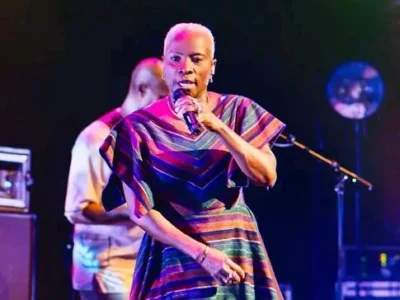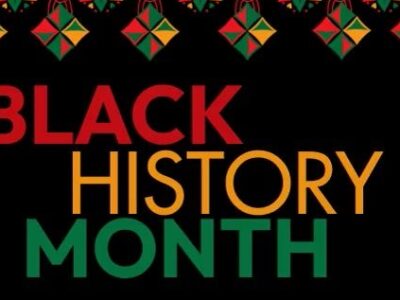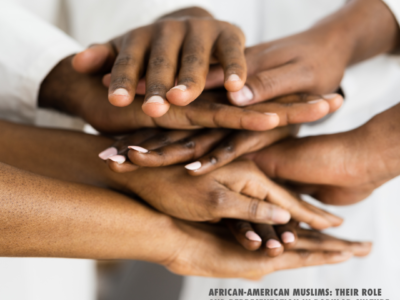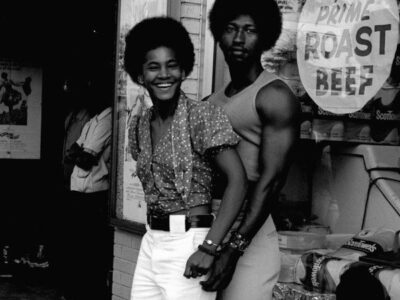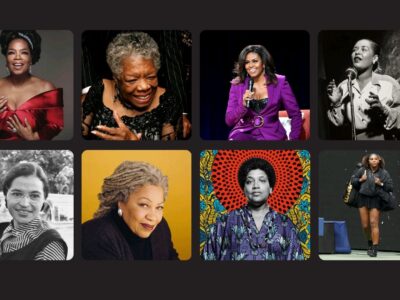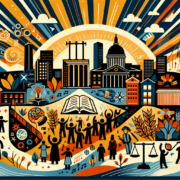Generation Black TV - Live
--- Main Blog Content Below ---
Dancehall is considered one of the key components of Black British music. Dancehall became popular in Jamaican diaspora communities, such as most cities with multi-cultural environments in the UK: London, Manchester, Bristol, and others. These are core venues for the growth of this originally Jamaican genre.
Dancehall came to be in the late 1970s, considered a sparse version of Reggae that dominated digital instrumentation. It wasn’t until the 2000s when it experienced worldwide popularity, and began influencing the work of Western artists in the 2010s, such as Drake and Rihanna.
Precisely because of its heavy usage of digital sounds, the development of dancehall was sparked with the origination of better sound systems in the DJ scene. The audience of dancehall was mostly lower-class people, and sound systems allowed people to listen to dancehall without having to purchase a radio. Most people during the birth of dancehall needed to own a radio to listen to any kind of music.
As sound systems got better, so did the dancehall system. Jamaica, which was the mother of dancehall, was one of the first countries to pioneer remixing.
The catch was that, as sound systems were also relatively expensive for those who enjoyed them the most, they had to crowd in a hall or dance party to enjoy the music.
This opened the “business” to the general public, making to more accessible for everyone.
Dancehall artists from Jamaica have collaborated with UK artists, such as Stefflon Don, Chip, and J Hus.
The rebirth of Grime in 2014 has also boosted the popularity of dancehall in the UK. Western acts such as Drake’s dance-hall pop single “One Dance” were an essential part of the resurgence of dancehall in modern years.
Despite that, dancehall hasn’t become popular in the UK due to misunderstanding the genre’s role in the mainstream music industry.
Mixmag mentioned in an article how the lack of staff in vital positions who understand dancehall culture and seek to spread It to secondary audiences is one of the reasons.
Dancehall has to be put in the vicinity of producers and managers.
Music producers and managers rarely acknowledge the space, and dancehall’s cultural workings rarely fit into the business’s parameters.
The Afrobeats movement is part of what kept dancehall alive over the last five years, and they have managed to solidify themselves in the market for a while.


